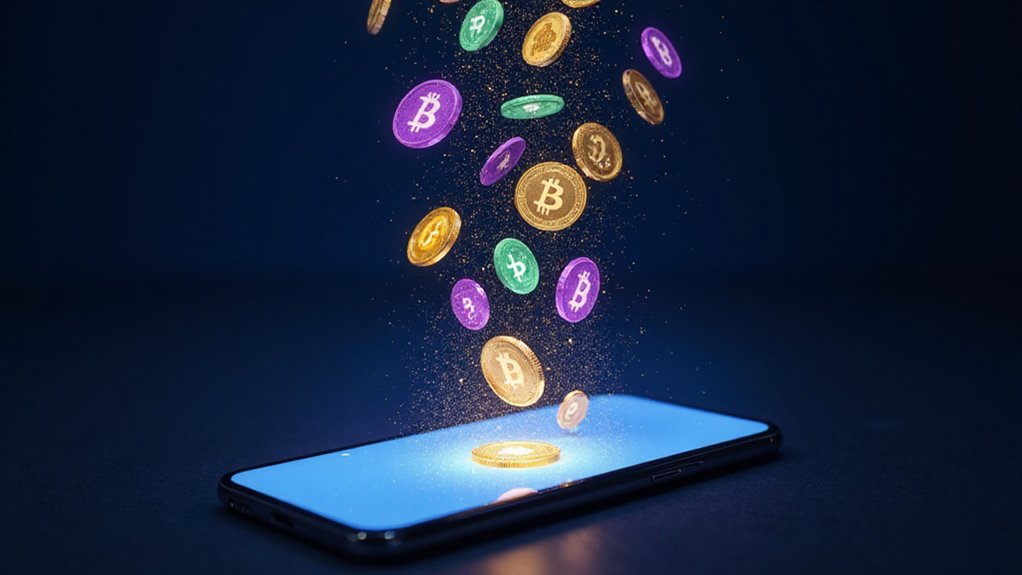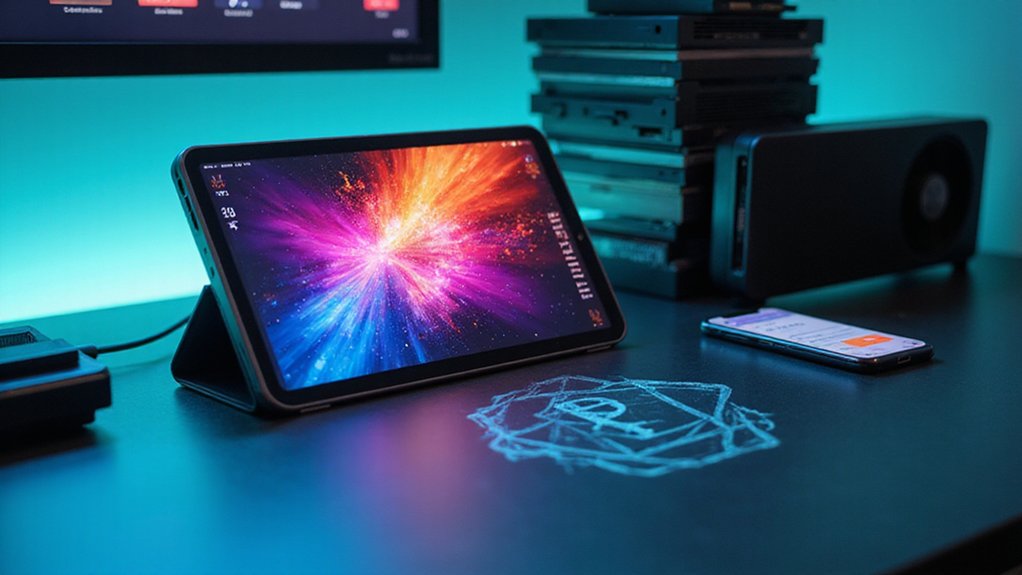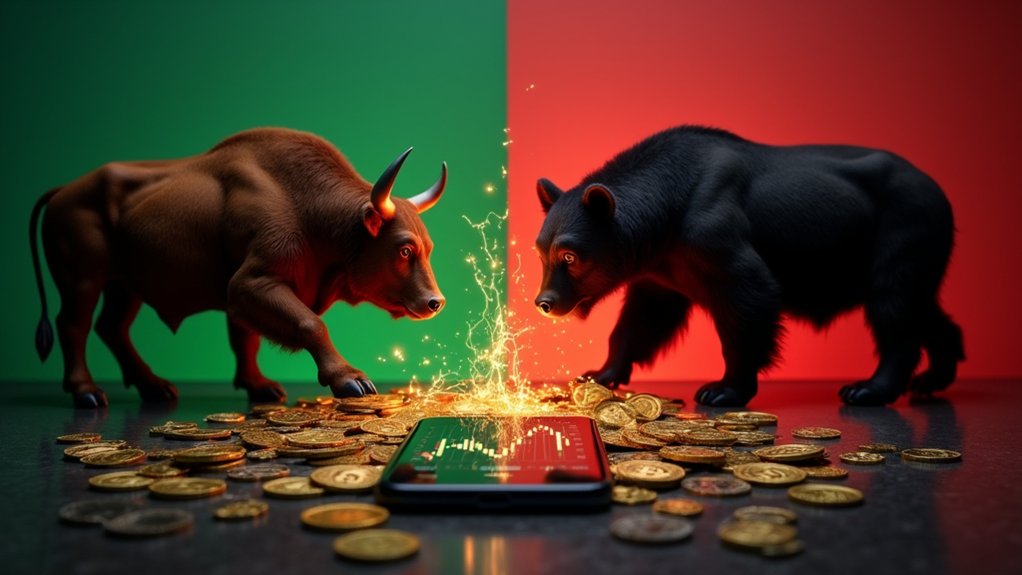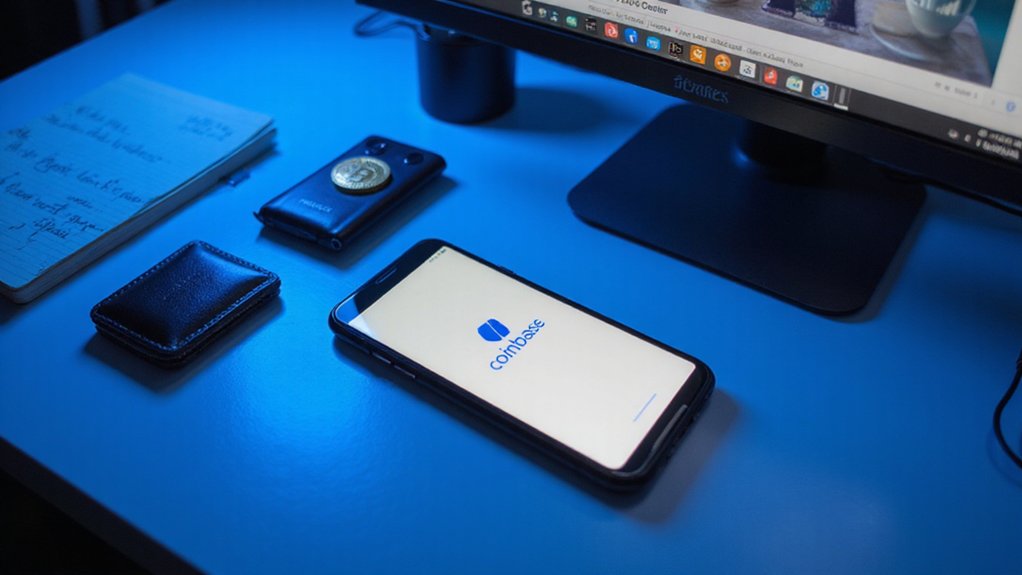Ripple functions as both a cryptocurrency (XRP) and a revolutionary payment protocol, settling international transactions in seconds rather than days. Operating on its proprietary XRP Ledger using the Ripple Protocol Consensus Algorithm, it eliminates the energy-intensive mining required by other blockchains. Financial institutions leverage RippleNet for real-time settlements and currency exchanges, processing up to 1,500 transactions per second. Despite regulatory uncertainties and decentralization debates, its cost-efficiency and speed continue attracting institutional interest. The full scope of Ripple’s financial disruption becomes apparent only upon closer examination.

When global financial systems struggle with the cumbersome inefficiencies of cross-border payments, Ripple emerges as a disruptive force in the remittance landscape.
Founded as a blockchain-based digital payment company, Ripple offers what might be considered the antithesis to traditional banking’s glacial pace—a system capable of settling international transactions in seconds rather than days (and one must wonder how many business opportunities have withered while waiting for SWIFT transfers to clear).
While traditional banks crawl through international transfers, Ripple sprints—transforming days of waiting into mere seconds of execution.
At Ripple’s core lies the XRP Ledger, a permissionless blockchain infrastructure maintaining the native cryptocurrency XRP.
Unlike Bitcoin’s energy-devouring mining operations, Ripple employs the Ripple Protocol Consensus Algorithm (RPCA), wherein validators—forming what’s known as a Unique Node List—reach agreement on transaction legitimacy without the computational gymnastics required by Proof-of-Work systems.
This quorum-based approach allows for transaction finality in mere seconds, a feat that traditional financial rails regard with something approaching envy.
The company’s flagship product, RippleNet, operates as a global payment network providing real-time gross settlements and currency exchanges for financial institutions. Ripple has created significant industry impact as the first financial platform that leverages blockchain and cryptocurrency specifically for enterprise use.
XRP serves as the bridge currency within this ecosystem, facilitating frictionless conversion between disparate monetary systems without necessitating direct trading pairs.
Financial entities therefore gain liquidity options previously unavailable in traditional correspondent banking relationships.
Ripple boasts impressive technical capabilities with 1,500 transactions per second, significantly outpacing many other blockchain networks in terms of scalability.
In January 2025, Ripple expanded its offerings with RLUSD, a dollar-backed stablecoin that complements its existing infrastructure.
This addition represents Ripple’s continued evolution in the broader financial technology landscape, where it positions itself as not merely a cryptocurrency but a complete solution for enterprise-level payment challenges.
XRP has gained recognition as one of the top cryptocurrencies to watch due to its innovative approach to payment solutions across international borders.
While critics may question aspects of Ripple’s decentralization—a perennial concern in blockchain circles—the system’s efficiency in reducing transaction costs and settlement times remains difficult to dispute.
For a financial world accustomed to multi-day settlement windows and exorbitant fees, Ripple’s proposition of near-instant, low-cost international transfers continues to attract institutional interest despite regulatory uncertainties.
Frequently Asked Questions
How Does Ripple Differ From Bitcoin and Ethereum?
Ripple diverges fundamentally from its crypto counterparts through its institutional focus and technical architecture.
Unlike Bitcoin’s general payment ambitions or Ethereum’s smart contract ecosystem, Ripple targets banking infrastructure with its consensus ledger (not blockchain) processing 1,500 transactions per second—dwarfing Bitcoin’s 7 and Ethereum’s 30.
XRP transactions clear in 4 seconds (versus Ethereum’s 16) with minimal fees and environmental impact.
While Bitcoin pioneered decentralization, Ripple engineered efficiency for the financial establishment.
Can Ripple Reach $100 or $1,000 per Coin?
Ripple reaching $100 or $1,000 per coin represents a mathematical improbability rather than a reasonable forecast.
Such valuations would catapult XRP’s market cap into the stratospheric domain of tens of trillions—eclipsing entire national economies.
While crypto markets remain notoriously unpredictable (and prone to confounding rational analysts), these price targets lack fundamental support.
The more modest projections of $4-17 by 2025-2026, though still ambitious, at least maintain a tenuous connection to financial reality.
Is Ripple’s Legal Battle With the SEC Resolved?
Yes, Ripple’s protracted legal battle with the SEC has reached a settlement.
The agreement requires Ripple to pay a $50 million penalty while reclaiming $75 million from the $125 million initially held in escrow.
This resolution lifts operational restrictions on the company—a significant development that could reshape Ripple’s market position and potentially influence broader regulatory approaches to cryptocurrency.
While the settlement provides some closure, it significantly lacks definitive classification of XRP under securities law.
How Do Banks Specifically Benefit From Using XRP?
Banks utilizing XRP gain substantial operational advantages through its near-instantaneous settlement times (compared to traditional systems’ multi-day waits), dramatically reduced transaction costs, and elimination of nostro/vostro accounts—freeing up previously idle capital.
The blockchain’s immutable ledger enhances security and transparency, while RippleNet’s On-Demand Liquidity service enables seamless cross-border transfers without pre-funding requirements.
This efficiency trifecta—speed, cost reduction, and capital optimization—represents a compelling value proposition for institutions managing an increasingly competitive financial landscape.
What Risks Should Investors Consider Before Buying XRP?
Investors eyeing XRP confront a veritable minefield of considerations: the SEC lawsuit’s Damoclean sword (despite recent partial victories), centralization concerns (Ripple Labs controls significant token supply), and fierce competition from stablecoins that increasingly curry favor with financial institutions.
Additionally, XRP suffers from cryptocurrency’s endemic volatility, while facing potential obsolescence should banks develop proprietary solutions.
The token’s price remains tethered more to speculative sentiment than practical utility—a common affliction in crypto markets.









